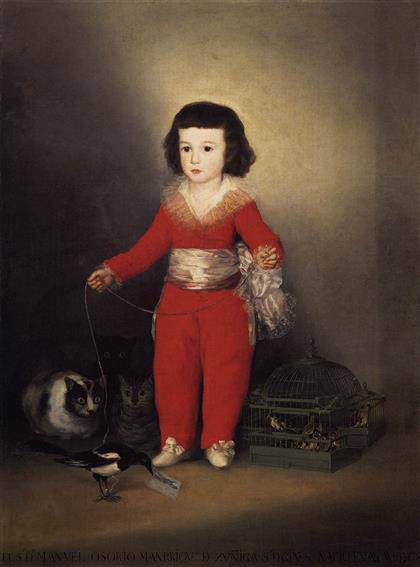
Sigmar Polke, German, 1941–2010
Untitled (Quetta, Pakistan), 1974/1978.
Gelatin silver print with applied color
22 3/8 × 33 13/16? (56.9 × 85.9 cm)
Glenstone
Photo: Alex Jamison
© 2014 Estate of Sigmar Polke/ Artists Rights Society (ARS), New York /
VG Bild-Kunst, Bonn
Alibis: Sigmar Polke 1963-2010

Sigmar Polke, German, 1941–2010
Untitled (Rorschach) (Ohne Titel (Rorschach)), c. 1999
Colored ink in bound notebook, 192 pages
each: 11 5/8 x 8 1/16? (29.5 x 20.5 cm)
Private Collection
Photo: Alistair Overbruck
Alibis: Sigmar Polke 1963-2010
Alibis: Sigmar Polke 1963–2010 – MoMA New York ‘Alibis: Sigmar Polke 1963–2010’ brings together the work of Sigmar Polke (German, 1941–2010), one of the most voraciously experimental artists of the 20th century. MoMA, April 19 to August 3, 2014.]]>
Source: Museum of Modern Art (MoMA)
This retrospective is the first to encompass the unusually broad range of mediums Polke worked in during his five-decade career, including painting, photography, film, sculpture, drawings, prints, television, performance, and stained glass.
Beneath Polke’s irreverent wit and promiscuous intelligence lay a deep skepticism of allauthority—artistic, familial, and governmental. To understand this attitude, and the creativity thatgrew out of it, Polke’s biography and its setting in 20th-century European history is relevant: in1945, near the end of World War II, his family fled Silesia (in present-day Poland) for what wouldsoon be Soviet-occupied East Germany, from which they escaped to West Germany in 1953. Polkegrew up at a time when many Germans deflected blame for the atrocities of the Nazi period withthe alibi, “I didn’t see anything.”
“Alibis” is organized chronologically and across mediums, but begins in MoMA’s Donald B. and Catherine C. Marron Atrium with a sampling of works from across Polke’s career. The works presented in this gallery reflect Polke’s persistent questioning of how we see and what we know, and his constant experimentation with representational techniques, from the hand-painted dots of “Police Pig” (1986) to the monumental digital print “The Hunt for the Taliban” and “Al Qaeda” (2002), which he described as a “machine painting.” Polke’s fluid approach to images and materials and his embrace of chance as a way of undermining fixed meanings is exemplified in the selection of films in the Marron Atrium, all of which have never before been shown publicly. The artist avoided conventional narrative structures and often double-exposed the film material, superimposing different layers of images. A preference for flux and a distrust of inherited categories are also evident in the way Polke questioned the distinction between high and low culture. Polke also toyed with language, often using verbal and visual humor to make a claim while simultaneously positing its opposite.
The exhibition continues in the Marron Atrium with some of Polke’s earliest works, alongside notebooks and publications from throughout his career. Polke made most of the works in this section in his twenties, while a student at the Kunstakademie Düsseldorf, an influential art school where many of the major German artists of his generation studied. For this generation, the bravado of Pop art, which went hand in hand with the spread of American culture, was both a fascination and a target. By adopting an adamantly clumsy approach to figuration in his earliest drawings and paintings, he offered a sharp critique of consumerist behavior and popular taste, with its desire for both sleek new furnishings and kitsch decorative elements. As the juxtaposition of images and contradictory approaches in his notebooks demonstrate, Polke remained a contrarian throughout his life.
Related content
‘Panorama’: Gerhard Richter at the Centre Pompidou (exhibition, 2012)
Follow us on:


